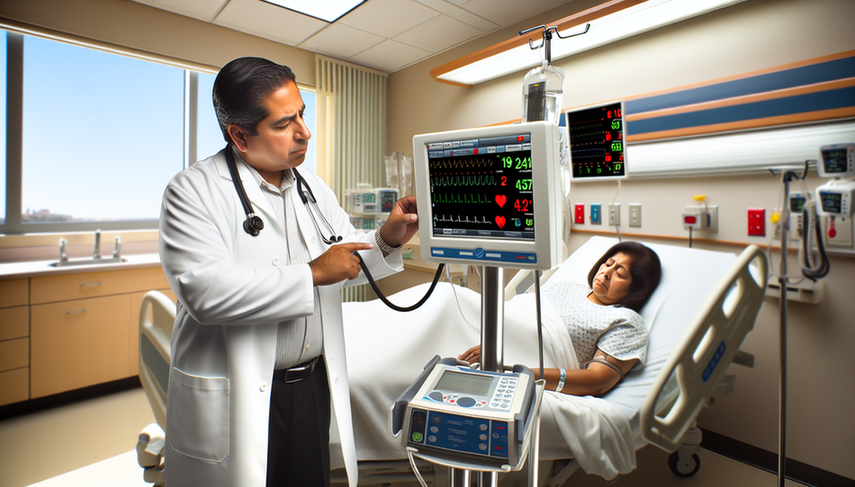Clinical Alarm Systems and Vital Signs Monitoring: Early Detection for More Efficient Consultations

The implementation of clinical alarm systems and vital signs monitoring in hospital settings has revolutionized healthcare professionals' ability to achieve early detection of clinical deterioration. These systems not only enhance patient safety but also promote more efficient consultations by enabling timely and targeted interventions.
Diving Deeper into Vital Signs Monitoring
Respiratory monitoring in general care units exemplifies how continuous monitoring can identify respiratory compromises before they escalate into emergencies. However, the increase in alarms can have negative effects, such as alarm fatigue, which poses a significant challenge in the implementation of these systems.
Portable monitoring systems have shown potential to improve deterioration detection, although evidence regarding their impact on clinical outcomes remains uncertain. The key lies in adjusting alarm systems to minimize false alarms and promote rapid clinical actions.
On the other hand, adaptive threshold-based alarm strategies have proven promising by enhancing sensitivity for detecting adverse events or reducing alarm rates compared to classical strategies. This suggests that tailoring alarm thresholds to personal or situational factors can optimize the overall performance of monitoring systems.
Conclusions
The integration of advanced technologies for vital signs monitoring and early detection of clinical deterioration is essential for improving patient safety and the efficiency of medical consultations. Although challenges such as alarm fatigue exist, innovations in adaptive alarm systems and continuous monitoring offer promising solutions. Future research should focus on developing predictive algorithms that assist in interpreting monitoring trend data, thereby enabling more proactive and personalized medical care.
References
- [1] Respiratory Monitoring in General Care Units
- [2] The impact of wearable continuous vital sign monitoring on deterioration detection and clinical outcomes in hospitalised patients: a systematic review and meta-analysis
- [3] Adaptive threshold-based alarm strategies for continuous vital signs monitoring
Created 23/1/2025
